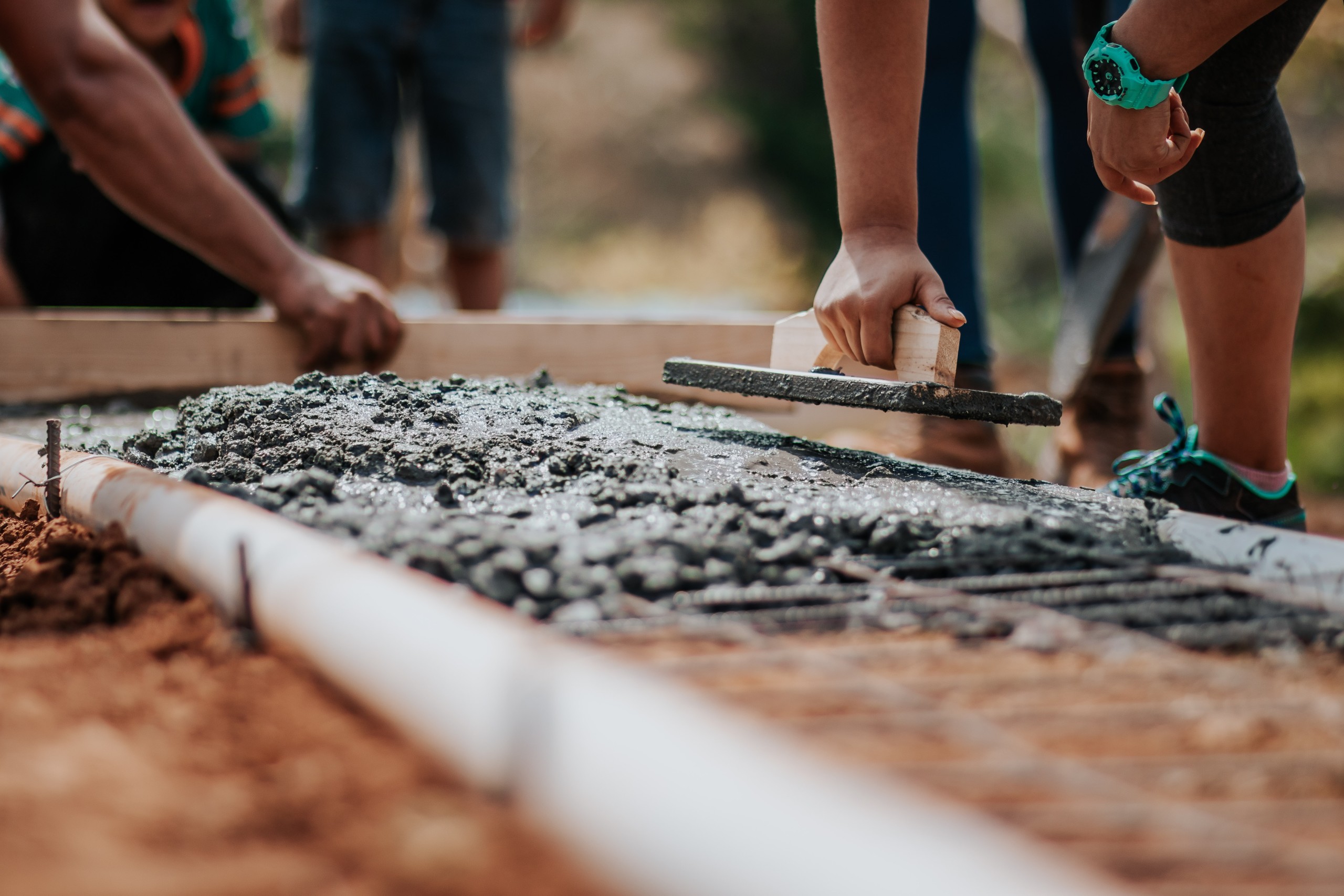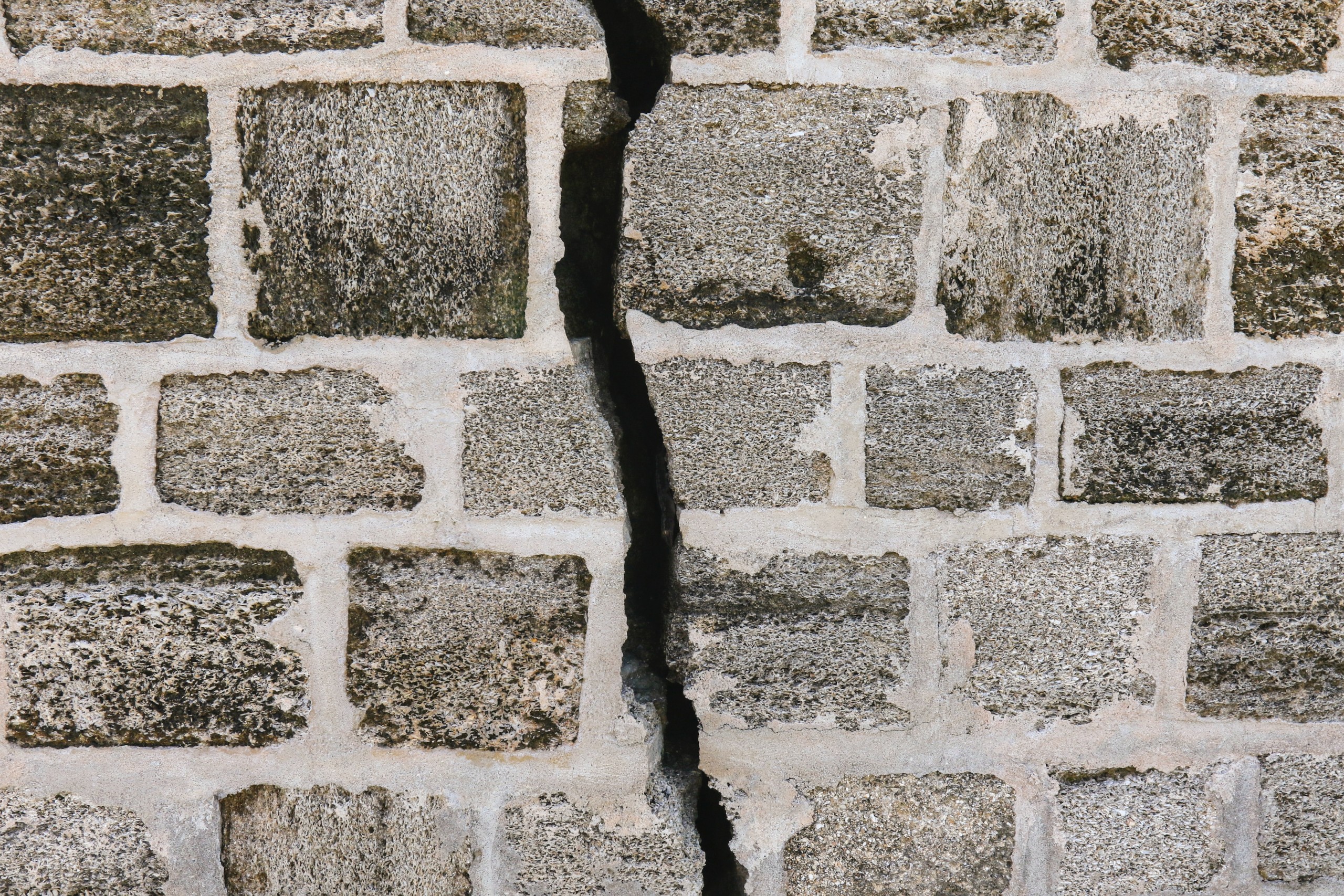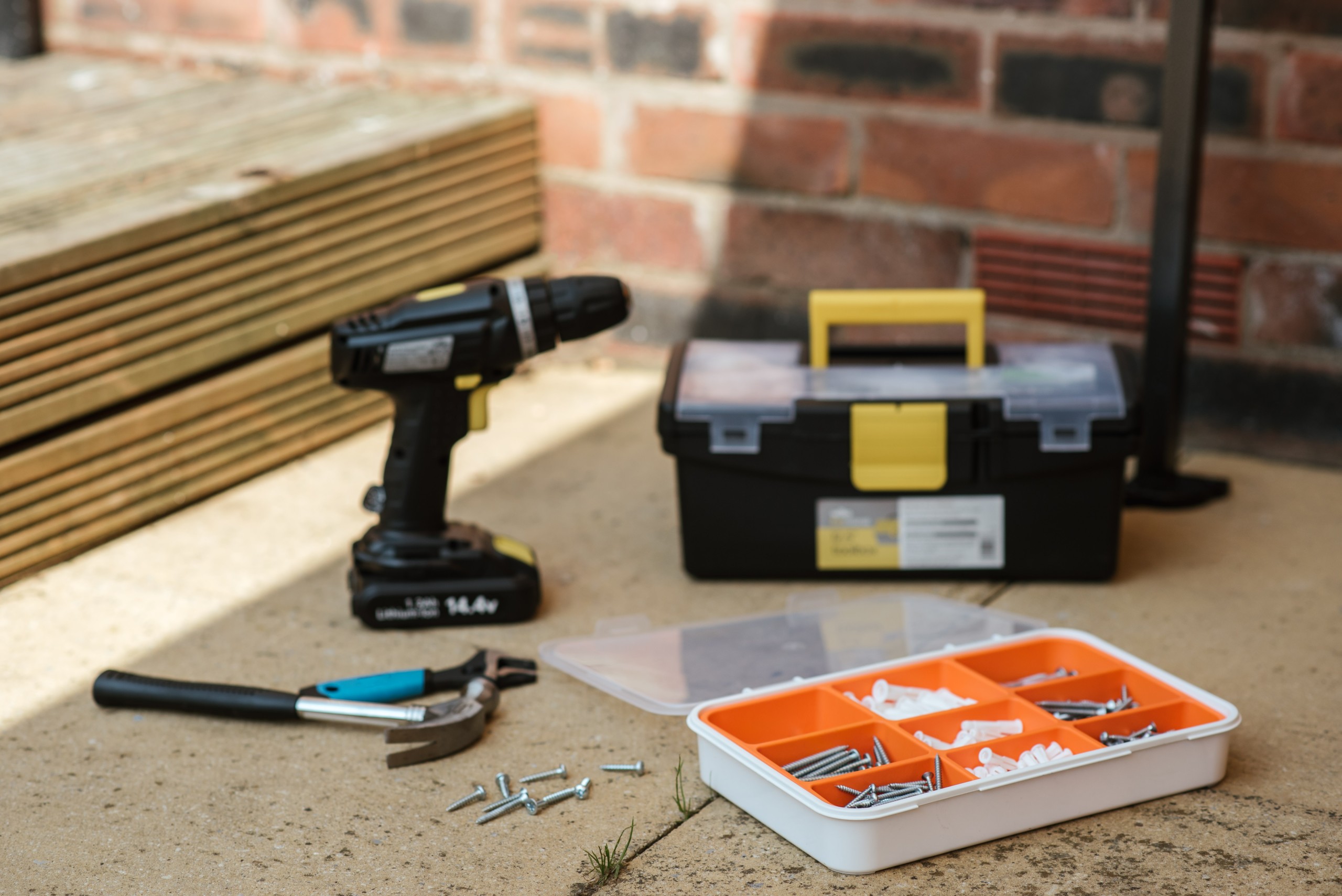Foundation repair is an important part of keeping a building’s safety and security. The foundation of a building is its most crucial component, providing the necessary support for the entire construction. When a foundation is broken or damaged, it can cause a variety of issues, including cracks in the walls and ceilings, which can let undesirable things like water and termites into the building, doors, and windows that won’t open or close smoothly, and even the possibility of the building crashing.
What exactly are foundation issues?

Foundation problems are issues that relate to the foundation of a building or structure. These problems can range from minor surface issues to major structural problems that can affect the stability and safety of the building.
Some common foundation problems include cracks in the walls or floors, uneven or settling foundations, and water damage. In some cases, poor construction or the use of substandard materials can also contribute to foundation problems.
Foundation issues can be caused by a multitude of circumstances, including:
- soil conditions
- poor construction or
- natural disasters
How to detect potential foundation problems?

Detecting faults and issues with your foundation may be done quickly by examining many factors that can indicate that there is a problem with the foundation, without the need for professionals!
Some common signs that there are foundation problems include:
- Cracks in the walls or floors
- Uneven floors
- Difficult functionality of opening windows and doors
- Water accumulation near the foundation
- Wall or ceiling cracks
- Holes between the walls and the floor or ceiling
- A moldy or wet smell in the basement or crawlspace
- Bowing or leaning walls
If you notice any of these signs, it is important to react promptly and have a professional inspect your foundation to determine if any problems need to be addressed. Ignoring these signs, however, can lead to more serious and costly issues in the future which is certainly not in your interest.
How can you efficiently repair a foundation?

To repair a damaged foundation, the first step is to identify the cause of the problem. This may require the services of a professional engineer or foundation repair experts and companies such as Houston Foundation Repair which will send their experienced personnel on-site to determine the root cause of the problem before proceeding with the reconstruction process and repairing the foundation. Many of these companies, including the already mentioned Houston Foundation Repair, provide a free foundation inspection!
Once the cause of the damage has been determined, the next step is to develop a repair plan. One standard method of foundation repair is the use of pilings. These long, sturdy posts are driven deep into the ground beneath the foundation. They are used to support the weight of the building and help to correct any settlement or shifting that has occurred. Another method of foundation repair is the use of injections. This involves injecting a special material, such as epoxy or polyurethane, into the ground beneath the foundation. The material fills in any voids or gaps and helps to stabilize the soil, providing added support for the foundation.
In some cases, foundation repair may also involve the use of underpinning. This is a more complex process that involves excavating the ground beneath the foundation and installing additional support, such as concrete blocks or steel beams. Underpinning is often used when a building has settled significantly or when the soil is not strong enough to support the weight of the structure.
The construction of a housing foundation typically involves the following steps:
- Excavation: The first step in constructing a foundation is excavating the site to create a level surface on which to build the foundation. The depth of the excavation will be determined by the type of foundation being built as well as the soil conditions.
- Footings: After the excavation is finished, the footings are laid. Footings are the parts of the foundation that are below the surface and support the entire structure. They are typically composed of concrete blocks and are used to evenly spread the weight of the building across the soil.
- Foundation walls: The next phase is to construct the foundation walls. These are typically built of concrete blocks and serve as the major structural support. Steel bars are commonly used to reinforce walls in order to increase their durability and stability.
- Floor slab: After the foundation walls are in place, the floor slab is laid. This is a thick layer of concrete that covers the whole foundation and provides a flat surface on which the building will be built.
- Backfill: Once the foundation is complete, the next step is to backfill the area around the foundation with soil. This helps to support the foundation and prevent any settling or shifting from occurring.
Is foundation repair truly necessary?
Foundation repair can be a costly and time-consuming process, but it is essential for maintaining the safety and integrity of a building. If you suspect that your foundation is damaged in any way, it is important to contact a professional for an evaluation on the spot and a repair plan as soon as possible.
Foundation problems can cause a variety of issues that can affect the stability and safety of a building, and if left unaddressed, these problems can become worse over time. By detecting and fixing foundation problems early on, you can prevent further damage and ensure that your building remains safe and stable. Additionally, addressing foundation problems early on can also help prevent more costly repairs in the future.
Final Words
The construction of a housing foundation involves a combination of excavation, concrete work, and backfilling to create a stable, level surface for the building to be built on. Having a strong and well-constructed foundation is crucial for maintaining the safety and long-term viability of a building. That is why it is important to regularly inspect your foundation for any potential issues, and address them promptly if any damage is found. Ignoring foundation problems can result in more significant damage and higher repair costs down the road.
